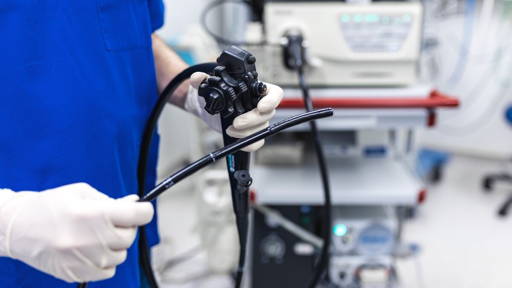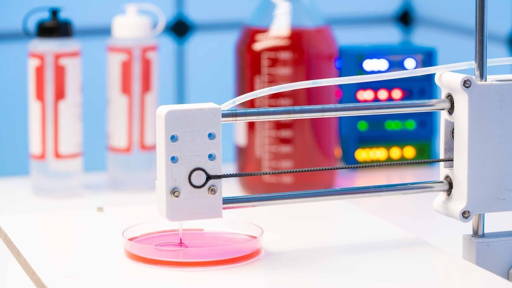Researchers at Leiden University Medical Centre (LUMC) have developed an innovative method that significantly improves the purity of insulin-producing cells grown from stem cells. This technique represents an important step towards safe and effective cell therapies for type 1 diabetes, among others, and offers prospects for wider applications within regenerative medicine.
Regenerative medicine - which aims to repair or replace damaged cells and tissues - is seen as a game-changer within healthcare worldwide. An important development within this field is the application of induced pluripotent stem cells (hiPSCs). Unlike embryonic stem cells, which raise ethical concerns, hiPSCs are made from adult body cells, such as skin or blood cells. These cells are ‘reset’ to an embryonic state, after which they can again differentiate into almost any cell type.
Functional cell types
Thanks to their ability to divide indefinitely and transform into functional cell types, such as insulin-producing beta cells, hiPSCs are a promising source for cell therapies in type 1 diabetes, among others. Led by Dr Françoise Carlotti, a team at LUMC is working to develop insulin-producing islets from hiPSCs - an alternative to the islets of Langerhans in the pancreas, which are lost in type 1 diabetes. These islets are essential for insulin production, and their loss causes patients to rely on daily insulin therapy.
‘The goal is to develop a safe, reproducible and scalable method for producing functional islets. In this regard, purity is crucial. Unwanted cell types created during the culture process can be harmful when returned to the body,’ Carlotti said. Her team's research was published in Science Translational Medicine in early April.
Smart density-based technology
To ensure that purity, the LUMC team developed a simple but effective purification method. ‘We make use of the differences in density between cells. Stem cell islets contain insulin vesicles and are therefore heavier than other cell types. Using density gradient centrifugation, we can separate these cells,’ says postdoctoral researcher Bahareh Rajaei.
In this technique, a mixture of cells is centrifuged in a liquid of increasing density. The cells naturally arrange themselves into layers depending on their mass. The islets can then be selectively harvested, leading to a purer end product as well as a smaller volume needed for transplantation - a double win in terms of safety and efficiency. According to the team, this is the first time this method has been successfully applied to stem cell-derived islets, with potentially wide applicability in other cell therapies.
Scaling up with bioreactors
To further optimise the production of these islets, the culture process itself was also scrutinised. Whereas cells traditionally grow in a static environment (such as plastic dishes), LUMC now uses spinner flasks - bioreactors in which cells grow in suspension. ‘This dynamic culture method allows the cells to move freely in the liquid. This promotes both the efficiency of the culture process and the final yield of functional islets,’ says Carlotti
Earlier this year, scientists at the Fraunhofer Translational Center for Regenerative Therapies TLC-RT developed a bioreactor where hiPSCs can be grown automatically, and in large numbers.
Solution for type 1 diabetes
With these innovations, LUMC is taking an important step towards an effective cell therapy for type 1 diabetes. Combining purity, scalability and safety creates a clinically relevant process that could be widely used in the future.
‘The expectations of regenerative medicine are high. Thanks to these technological advances, we are another step closer to a sustainable solution for patients with chronic conditions such as diabetes,’ Carlotti sa









